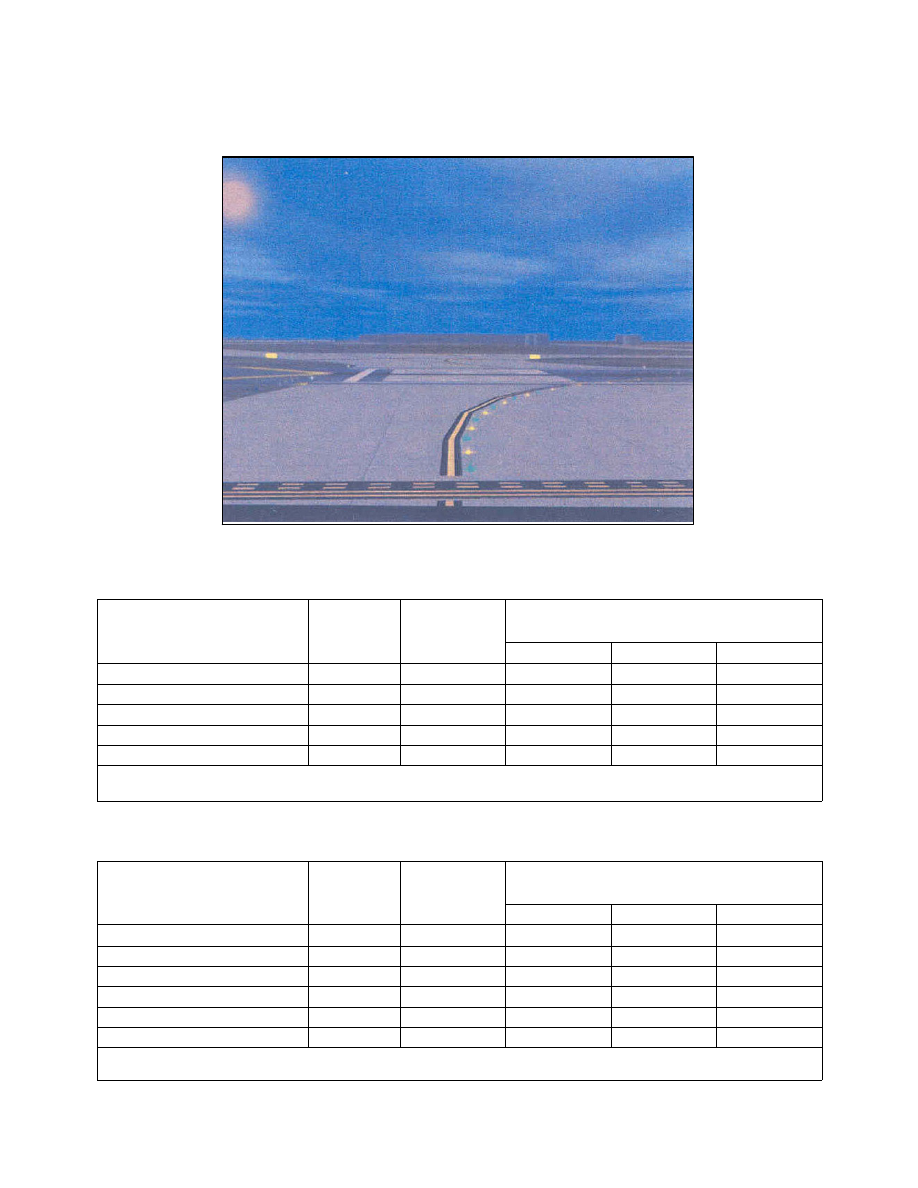
4/20/23
AIM
FIG 2
−
1
−
12
Taxiway Lead
−
On Light Configuration
TBL 2
−
1
−
1
Runways With Approach Lights
Lighting System
No. of Int.
Steps
Status During
Nonuse Period
Intensity Step Selected Per No. of Mike Clicks
3 Clicks
5 Clicks
7 Clicks
Approach Lights (Med. Int.)
2
Off
Low
Low
High
Approach Lights (Med. Int.)
3
Off
Low
Med
High
MIRL
3
Off or Low
HIRL
5
Off or Low
VASI
2
Off
NOTES
:
Predetermined intensity step.
Low intensity for night use. High intensity for day use as determined by photocell control.
TBL 2
−
1
−
2
Runways Without Approach Lights
Lighting System
No. of Int.
Steps
Status During
Nonuse Period
Intensity Step Selected Per No. of Mike Clicks
3 Clicks
5 Clicks
7 Clicks
MIRL
3
Off or Low
Low
Med.
High
HIRL
5
Off or Low
Step 1 or 2
Step 3
Step 5
LIRL
1
Off
On
On
On
VASI
2
Off
REIL
1
Off
Off
On/Off
On
REIL
3
Off
Low
Med.
High
NOTES
:
Low intensity for night use. High intensity for day use as determined by photocell control.
The control of VASI and/or REIL may be independent of other lighting systems.
Airport Lighting Aids
2
−
1
−
11